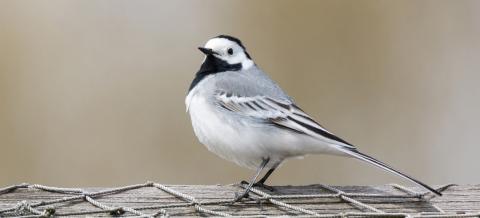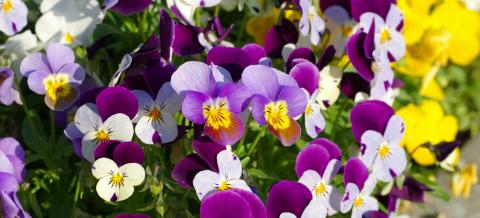Information on Tampere
Tampere is the third largest city in Finland with 241,009 inhabitants (at the end of 2020). The surface area of the city is 689.6 square kilometres, of which water areas cover 164.6 square kilometres.
Slightly more than half of the residents of Tampere are women (52 per cent). Moreover, there are more than 23,000 students and schoolchildren over the age of 15 among the local population (2019). The residents of Tampere are well-educated people: Of all the residents over the age of 15, more than three out of four (79 per cent) have completed degrees beyond basic education.
The tax rate in the City of Tampere in 2022 is 20,25 %
The City Council consists of 67 members. The Chair of the City Council is Ilmari Nurminen. The Mayor of the City of Tampere is Anna-Kaisa Ikonen. There are four Deputy Mayors: Pekka Salmi (SDP), Deputy Mayor of the Growth, Innovation and Competitiveness Services committees; Aleksi Jäntti (National Coalition Party), Deputy Mayor of the Urban Environment and Infrastructure Services Committees; Matti Helimo (Greens), Deputy Mayor of the Education and Culture Committee, and Johanna Loukaskorpi (SDP), Deputy Mayor of the Social Services and Health Care Committee.
241 009
Inhabitants in Tampere (at the end of 2020)
20,25 %
The tax rate in the City of Tampere
The city is located on a stretch of land between two lakes. Lake Näsijärvi on the northern side of the city is located 95 metres and Lake Pyhäjärvi in the south 77 metres above the sea level. The difference between the surface levels of the two lakes is 18 metres.
Tampere has great transport connections. The distance by road is 176 kilometres to Helsinki, 75 kilometres to Hämeenlinna, and 157 kilometres to Turku.
The City of Tampere has seven neighbouring towns: Ylöjärvi, Nokia, Pirkkala, Lempäälä, Kangasala, Orivesi and Ruovesi.
Tampere - this is home
Symbol species
In 1997, three symbol species were selected for the City of Tampere: the White Wagtail (Motacilla alba) represents birds, the False Heath Fritillary (Melitaea diamina) animals, and the Great-spurred Violet (Viola selkirkii) plants.



